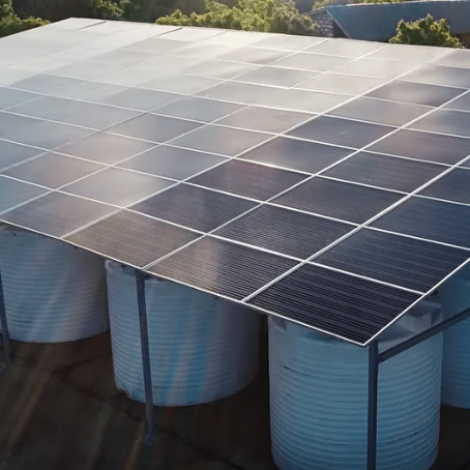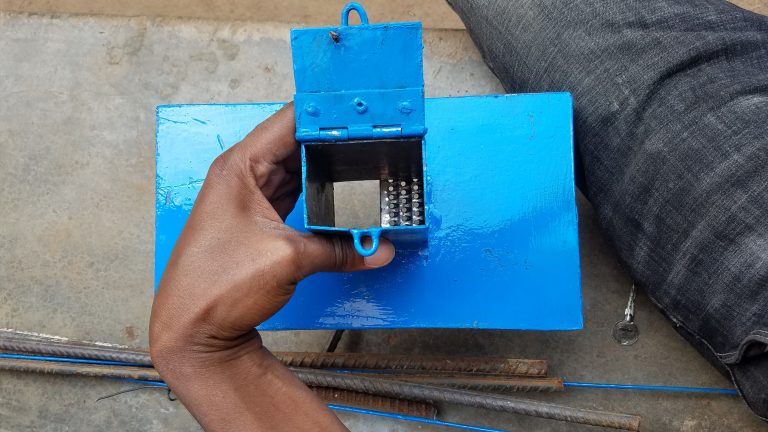A new solar-powered water desalination plant is providing 35,000 liters of fresh water per day for the residents of Kiunga, a village in Kenya near the border with Somalia. The village is in the midst of a five-year drought. GivePower, an international energy foundation, built the plant for a community that was drinking saltwater from its wells for lack of an alternative. Children were dying of kidney failure, representatives of the organization said.
Desalination on a solar microgrid
GivePower has not created innovation in desalination technology, but it has built a system from available parts that works. It works in rural Kenya and other communities in countries where the foundation operates. The system includes a solar panel array, Tesla batteries and two parallel pumps that allow it to run continuously without pause during maintenance.
“We took a 20 foot container, we integrated a 75,000-liter-per-day system that was designed specifically to work with a solar panel array,” Kyle Stephan, VP of Operations, says in the video below.
Residents of Kiunga pay about a quarter of one cent (USD) per liter of water.
GivePower’s roots as an energy non-profit
GivePower began as an energy non-profit that installed solar panels on 2500 schools in underserved communities in 17 countries.
“Then we realized very quickly that we could light up the whole village,” says Hayes Barnard, Founder and President of GivePower. “The next evolution is, What are the most important end uses for human beings that need electricity? And we believe the number one is water. So, recently we just did an installation of our first microgrid water desalinization system.”
For information and to donate to GivePower, please see the announcement on their website: Introducing the First GivePower Solar Water Farm.

